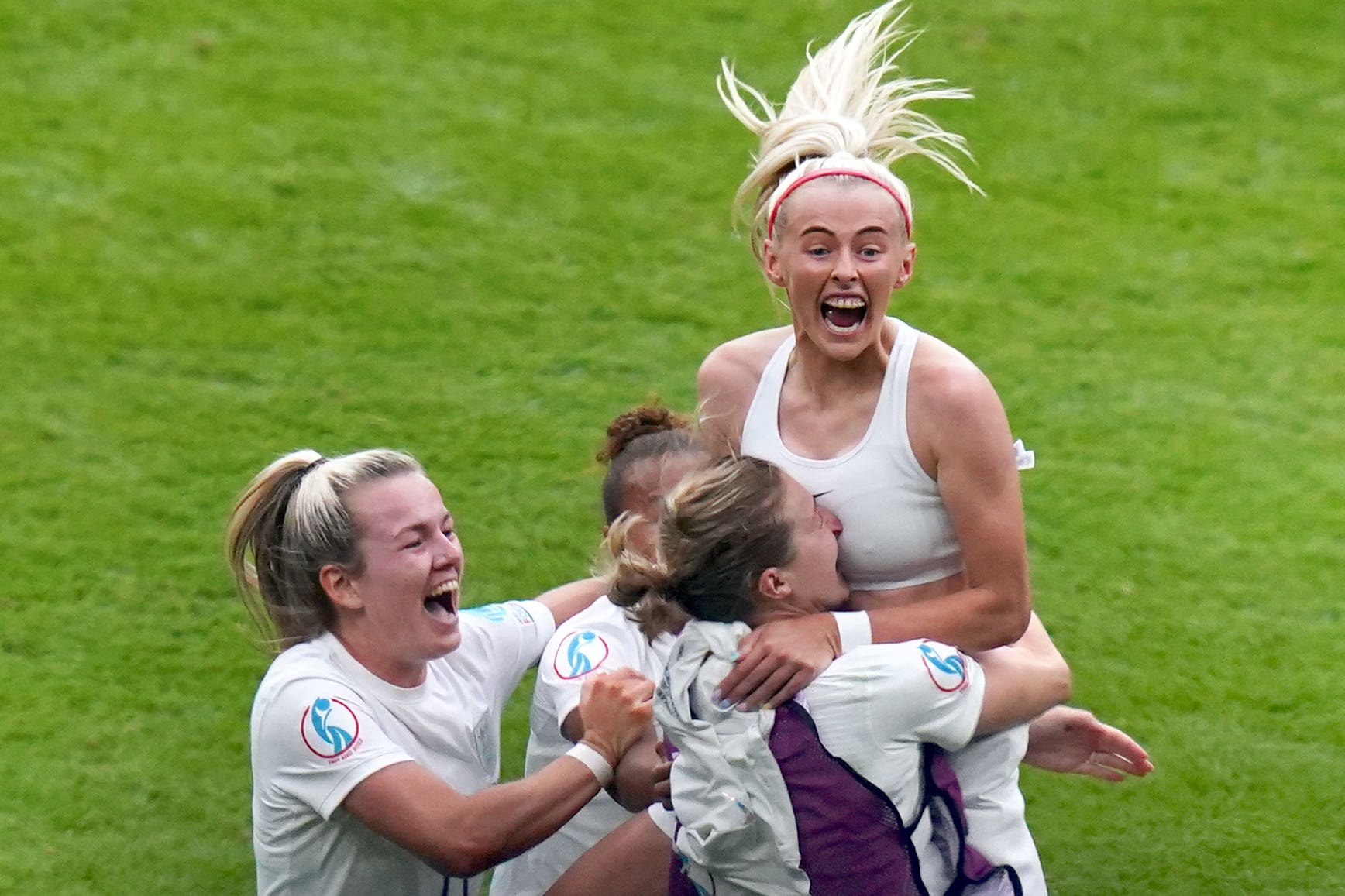Women’s Super League revenue soared after England sealed Euros glory – Deloitte
The 2022-23 season saw a massive hike in income for the 12 clubs of the WSL as spectator and commercial interest soared.

Your support helps us to tell the story
From reproductive rights to climate change to Big Tech, The Independent is on the ground when the story is developing. Whether it's investigating the financials of Elon Musk's pro-Trump PAC or producing our latest documentary, 'The A Word', which shines a light on the American women fighting for reproductive rights, we know how important it is to parse out the facts from the messaging.
At such a critical moment in US history, we need reporters on the ground. Your donation allows us to keep sending journalists to speak to both sides of the story.
The Independent is trusted by Americans across the entire political spectrum. And unlike many other quality news outlets, we choose not to lock Americans out of our reporting and analysis with paywalls. We believe quality journalism should be available to everyone, paid for by those who can afford it.
Your support makes all the difference.Women’s Super League clubs saw their combined revenue rise by 50 per cent during the season immediately following England’s European Championship triumph in the summer of 2022, according to Deloitte.
The 2022-23 season, which began weeks after the Lionesses had defeated Germany 2-1 at Wembley to become the first England team since 1966 to win a major tournament, saw a massive hike in income for the 12 clubs of the WSL as spectator and commercial interest soared in the wake of victory for Sarina Wiegman’s side.
Income rocketed from £32million in the 2021-22 campaign to a record £48m a year later, continuing a trend that saw revenues up from just £20m in 2020-21, with 66 per cent of the most recent figure having been generated by the league’s four most lucrative clubs: Arsenal, Chelsea, Manchester City and Manchester United.
The rise was in part driven by increased matchday attendances with average numbers up from 1,923 to 5,616 in 2022-23, while more frequent use of clubs’ principal stadiums contributed to gate revenue rising to £7m.
The figures come ahead of a restructuring of the business side of the WSL and the Championship from next season with a new organisation – NewCo – set to take over the running of English football’s top two divisions from the Football Association.
Jenny Haskel, the knowledge and insight lead in Deloitte’s sports business group, said: “Driving a loyal fanbase, habitual viewing and distinct commercial partnerships was a clear priority for WSL clubs in the 2022-23 season and the soaring revenue growth achieved demonstrates the strides that have been made. However, we’re still in the foothills of growth in the women’s game.
“As NewCo concentrates on growing the popularity, standards and visibility of the women’s game in England, collaboration with clubs and other stakeholders will be an important element.”
Commercial revenue for 2022-23 rose to £17m for WSL clubs, with Manchester United making £5.2m, Manchester City £3.6m, Liverpool £3m and Tottenham £1.7m.
However despite the increases, pre-tax losses of the 12 clubs also rose to £21m, up from £14m the previous season.
Clubs are yet to file accounts for the most recent WSL season, but Deloitte forecast that the revenue figure for 2023-24 is likely to top £50m.
“Many women’s clubs continue to rely on financial contributions from their wider group structure,” said Tim Bridge, lead partner in the Deloitte sports business group.
“However, this is not a new revelation in football where many owners prop up the shortfalls of loss-making clubs.
“It’s important the industry does not hold women’s clubs to a profitability metric that the wider game has yet to consistently achieve.
“We’re seeing significant growth across the women’s game and continued investment is key.”